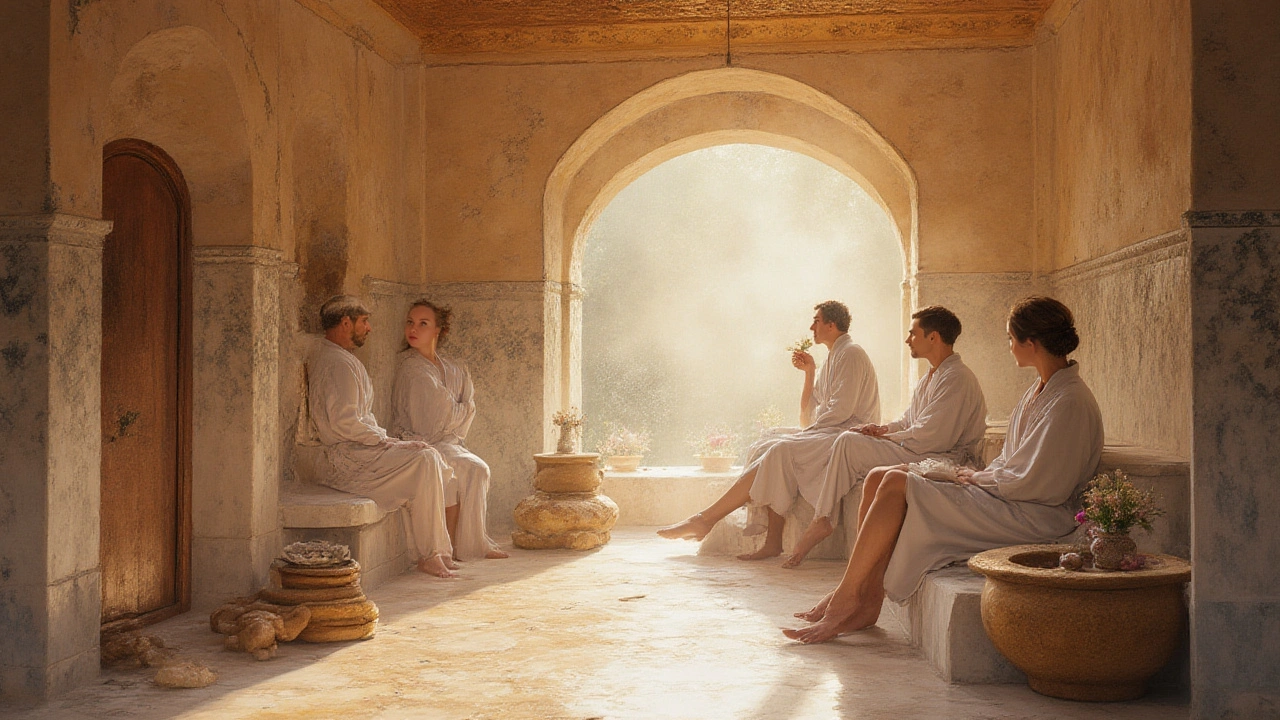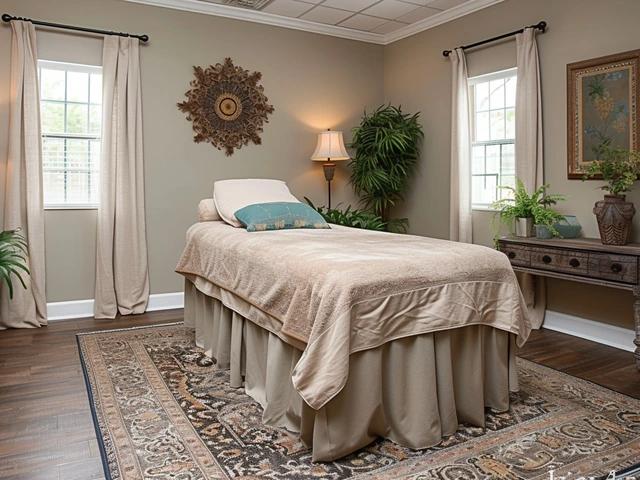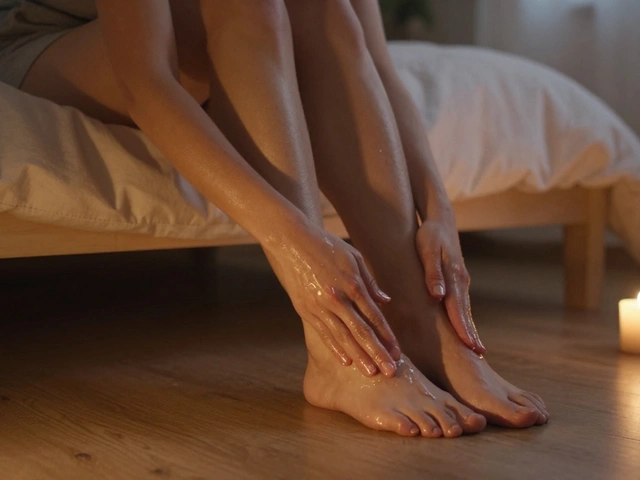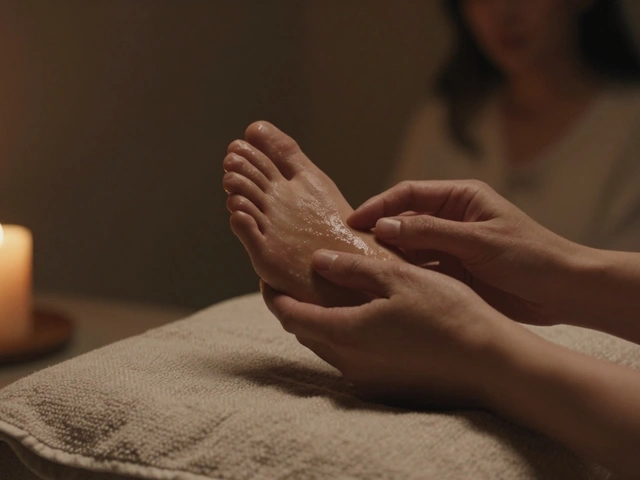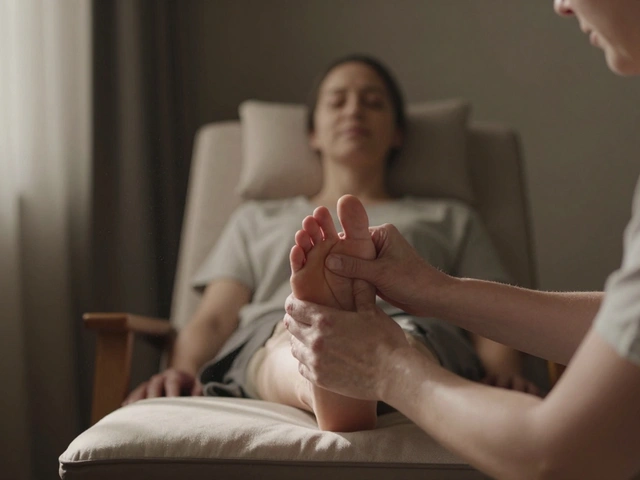Steam, warmth, and calm. That’s what draws people to the hammam, a place where the clatter of everyday life just stops. For centuries, people have come to these steam-filled sanctuaries not just to get clean, but to let their thoughts float away, their muscles unwind, and their spirits recharge. A hammam isn’t just a spa or a bathhouse. It’s a full-body reset, blending ancient tradition with the simplest human need—relief from chaos. Once you step inside and let the steam wrap around you, it feels like time turns elastic and your to-do list melts into the tiles. There’s a reason hammams keep popping up, from hidden alleyways in Istanbul to luxury hotels in Paris and Dubai. Steam therapy, massage, social ritual—it's all rolled into one unforgettable experience.
Where History Meets Ritual: The Origins of the Hammam
The roots of the hammam go deeper than most people realize. Long before modern plumbing, communities centered their lives around these public baths. Ancient Romans loved their thermae, sprawling baths with hot, warm, and cold pools. But it was in the Islamic world—starting in the 7th century—that the hammam became something special. The word itself comes from the Arabic meaning “spreader of warmth,” and that pretty much nails it.
Back then, the hammam wasn't just about cleansing the skin, it was about preparing for prayer, meeting neighbors, and even matchmaking. Ottoman sultans, sultanas, soldiers, and poets made hammam visits part of their lives. You’ll still see gilded domes, arched ceilings, and marble slabs in Turkey’s historic hammams—pieces of architecture meant to reflect calmness and symmetry. The zoning within a hammam mimics ancient practices: a cool entrance to adjust, steam rooms heaped with heat, and at the very center, a heated marble slab or göbek taşı that soaks right through your bones. Archeologists have found hammams in cities as diverse as Damascus, Granada, Marrakech, and Lahore, each shaped by local culture but tied together by the core idea—peaceful cleansing through steam and ritual.
Travel writers in the 17th and 18th centuries gushed about the allure of the hammam, marveling at the mix of steamy heat and bustling community. In fact, in the Ottoman Empire, there were strict rules about cleanliness, so hammams often ran alongside mosques, marketplaces, and palaces. Towards the modern era, awareness of hygiene and spa culture helped spread hammams far beyond the Middle East and North Africa. Today, you’ll find them in big cities and cozy little towns, offering a piece of history—and a break from everything else swirling around outside.
How a Traditional Hammam Works: Steps, Spaces, and Secrets
First-timers often expect something like a modern spa, but the hammam has its own choreography. Step in, and someone usually greets you with a towel or pestemal. Changing rooms lead to the heart of the hammam—no candles or background music, just the sound of water and soft voices. Most hammams are divided into three main areas: the warm room (tepidarium) for acclimatizing, the hot steam room (caldarium) for sweating out stress, and a cool room (frigidarium) for relaxation and rehydration.
- Warm up: Sit on benches or marble slabs, feel your pores open, and let your breathing settle. Even five minutes here can loosen tension.
- Steam session: Now move to the steamiest area, sometimes nearly 50°C (122°F) with 100% humidity. Muscles go limp, conversations fade, and the air feels velvety. You’ll notice marble everywhere, helping reflect the heat evenly.
- Full-body cleanse: Traditionally, a tellak (attendant) uses a kese mitt—a rough, woven glove—to scrub away layers of dead skin. It’s more intense than loofah action, but afterward your skin feels crazy smooth. Some hammams use olive oil or black soap that smells fresh and earthy.
- Cold or lukewarm rinse: Don’t be scared of the big brass buckets. Pouring that cool water over your head delivers the ultimate head rush.
- Chill and rehydrate: Grab some mint tea, lounge on a cushion, and watch the world go by. This downshift into calm is almost as vital as the heat.
The most famous Turkish hammams feature grand domes, stained glass windows, and fountains, but smaller neighborhood spots pack just as much charm. Privacy varies—some days are for men, others for women—but the common thread is always hospitality. Some places offer DIY scrub kits if you’re shy about attendants. Don’t bring your best swimsuit; go for something you won’t mind getting soapy or steamed. And footwear? Most regulars use slip-on sandals that won’t slip on wet marble.
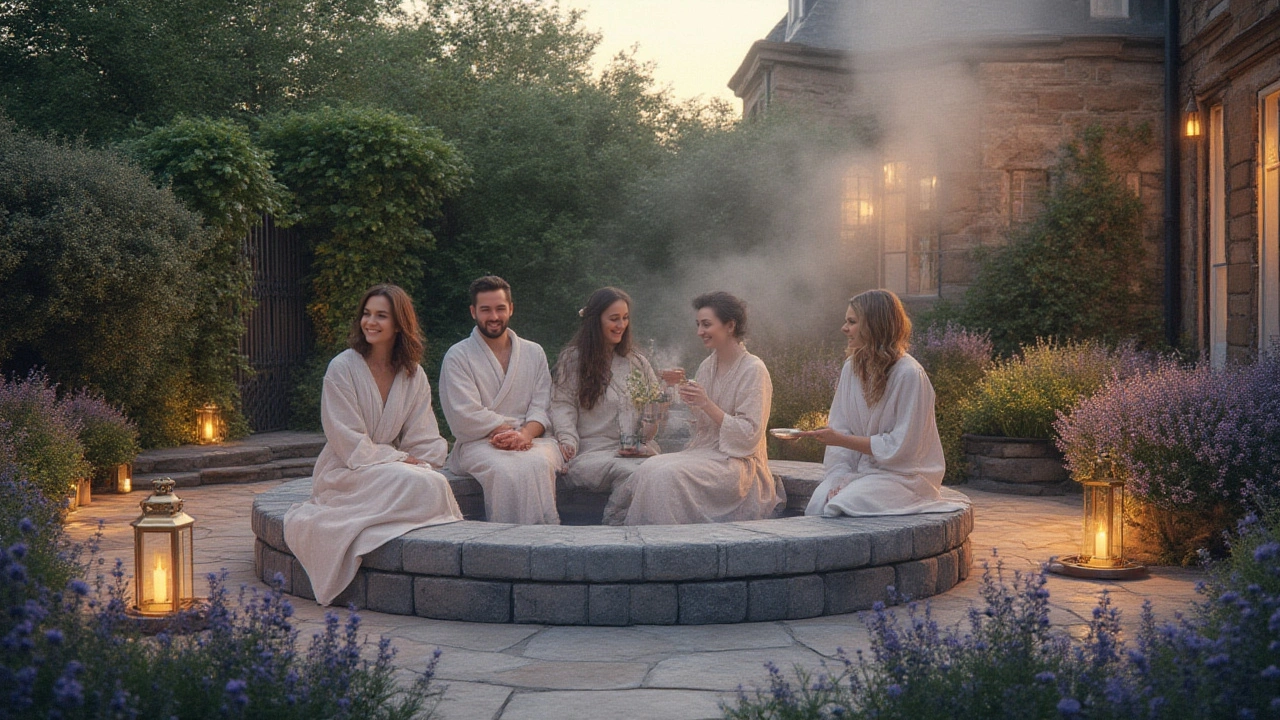
Healing Benefits: More than Skin Deep
You get more than just cleaner skin and a lighter mood after a hammam session. Heat and humidity work together to do some heavy lifting for your body. Studies published in the Journal of Integrative Medicine show that hot air baths (like the hammam) can help lower blood pressure, especially if you go regularly. The warmth boosts blood flow to your limbs, very similar to what happens with light cardio.
That deep exfoliation actually plays a role in immunity. By scrubbing away dead cells, skin renewal speeds up, which helps keep your protective barrier strong and clear. Those with mild eczema or acne sometimes report reduced flare-ups, thanks to the thorough cleanse and gentle sweating that removes impurities. If you get pains, aches, or chronic back tension, the combination of moist heat and kneading (from a hammam massage or scrub) delivers relief that can last for days.
People often talk about hammam time as a total mind reset. There’s real science behind that floaty post-steam feeling. The body’s stress hormone, cortisol, drops significantly after half an hour in a high-humidity environment. Endorphins—the feel-good chemicals—rise in tandem, helping you drift into a deeper rest later that night. Research from Istanbul University in 2022 tracked people with busy work-life schedules: those who went to the hammam every week saw their sleep scores go up by nearly 30% on average. Old hammam regulars will tell you their best ideas often come after a long steam, as the mind finally gets a break from buzzing thoughts.
Ever hear your doctor talk about lymphatic drainage? The steam and sweat in the hammam gets fluids moving, reducing puffiness and gently flushing toxins. Unlike dry saunas, the humid air won’t dehydrate or stress your skin. Plus, shared ritual time boosts oxytocin, making you feel connected—even if you’re steaming next to a stranger. The numbers don’t lie: hammam-goers in Mediterranean countries report lower rates of seasonal illness. Maybe it’s the steam, or maybe it’s the contagious good vibes you carry home.
| Benefit | Supporting Data/Study |
|---|---|
| Lowered blood pressure | 12% avg. drop after 3 sessions (JIM, 2021) |
| Improved sleep quality | 29% increase in sleep scores (Istanbul University, 2022) |
| Improved skin turnover | 25% faster cell renewal (Dermatology Int'l, 2020) |
| Reduced stress hormones | 20% lower cortisol post-hammam (Harvard Health, 2023) |
Modern Hammams: Tradition Meets Trend
The hammam isn’t stuck in the past. These days, designers blend stunning old-school features—vaulted ceilings, mosaics, fountains—with all the upgrades people expect. Some spots offer aromatherapy steam, with eucalyptus, orange blossom, or even amber lending an extra layer of calm. You’ll see packages that include deep-tissue massage, facial treatments with Moroccan rhassoul clay, or private steam pods.
What's cool is how versatile the hammam has become. In some cities, the neighborhood hammam is as lively as the local café—groups of friends, teens with grandparents, and solo travelers all under one tiled roof. In five-star spas, hammam rituals get the red-carpet treatment with custom scrubs, herbal teas, and lounge music. If you’re in Morocco, expect orange blossom and black soap made with olives; in Turkey, it’s all about that centuries-old kese glove and a tea ceremony afterward. French and North American spas borrow bits and pieces, adapting the hammam vibe for city life with express steams and foam massages.
Hammam kits for home have even gone mainstream. Beauty brands now sell gentle black soap, exfoliating mitts, and natural Moroccan clay masks for DIY rituals. Popular YouTube self-care videos teach you how to create a mini hammam experience in your own bathroom. Sure, the steam may not be as thick, but the rituals—slow care, hot water, mindful breathing—stick with you. This new take proves one thing: people will always crave a place to unplug and sweat out the crazy.

Tips for Your First Hammam Visit (and How to Recreate the Ritual at Home)
Ready to try the hammam for yourself? If you’re heading to a public bath, do a little homework first. Doubling up on hydration is essential—drink a glass of water before you even set foot in the steam. Go light on food beforehand (no heavy meals). Leave jewelry at home, as metal heats up fast and nobody likes a surprise ouch on a steaming wrist. Slip-on sandals (plastic, not leather) are standard, along with a pestemal or towel wrap provided at most places.
- Pack lightly: You’ll probably get access to soap and scrubbing mitts but ask in advance. If you want your own, a natural kese glove or loofah works best.
- Stay mindful of etiquette: Many hammams separate men and women or have different days for each. Some are more clothing-optional than others. Bring your own swimwear if you want extra coverage.
- Be ready for a deep cleanse: The scrubbing is more vigorous than you'd expect, especially in Turkish hammams. Don’t be shy to ask the attendant to go gentler if needed, especially if your skin is sensitive.
- Focus on recovery: After steaming and scrubbing, let yourself rest for at least fifteen minutes before leaving. Sip tea, eat a date, or just chill with a cold towel on your forehead.
Can’t make it to a real hammam? You can definitely bring some of that ancient magic home. Hot, steamy showers—or, even better, a period of “shower stacking” where you let hot water run to create maximum humidity in the bathroom—can loosen up your muscles and open your pores in a similar way. Once the steam builds, turn the shower off and start exfoliating with a scrub mitt and black soap (available online or in Middle Eastern markets).
- Set the scene: Dim the lights, play gentle music (think oud or soft percussion), and wrap up in a warm towel fresh from the dryer.
- Steam: Stay in the shower with the water off for 5-10 minutes to let the steam soak in. Sit if you can, and breathe deep.
- Exfoliate: Apply a gentle soap or Moroccan black soap, then use a mitt to scrub in circular motions—start with arms and legs, then your back, always moving toward the heart.
- Rinse off: Use cool or lukewarm water to close pores and refresh your senses.
- Finish strong: Moisturize with a simple balm or argan oil and relax with a mint or ginger tea.
The key is to slow everything down. Hammam time is about pausing, tuning in, and letting tension slip away. Even if your “spa” is just your bathroom at home with towels piled on the radiator and a cup of hot mint tea, the ritual itself is what matters. Ancient or modern, public or private, the spirit of the hammam—the heartbeat of relaxation and renewal—never really goes out of style.

